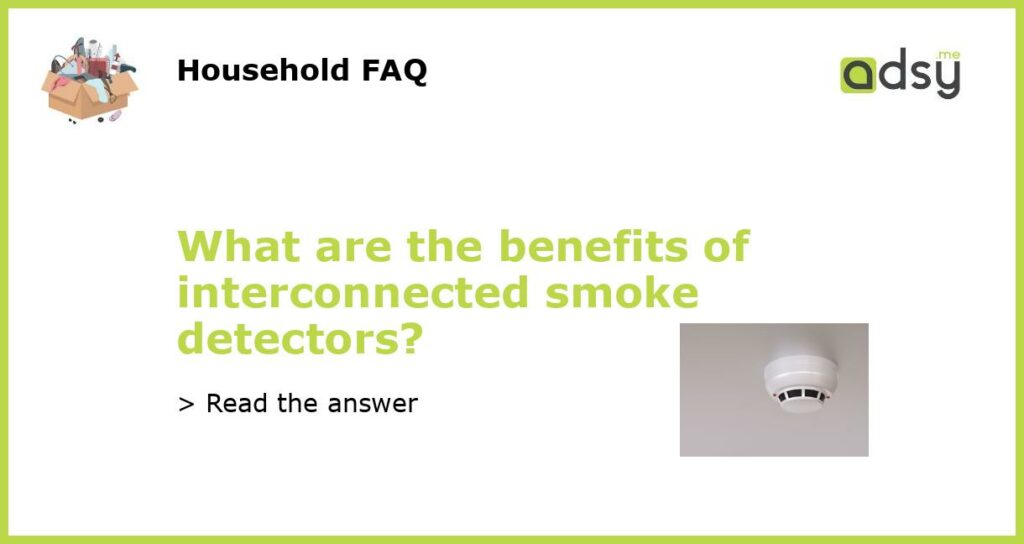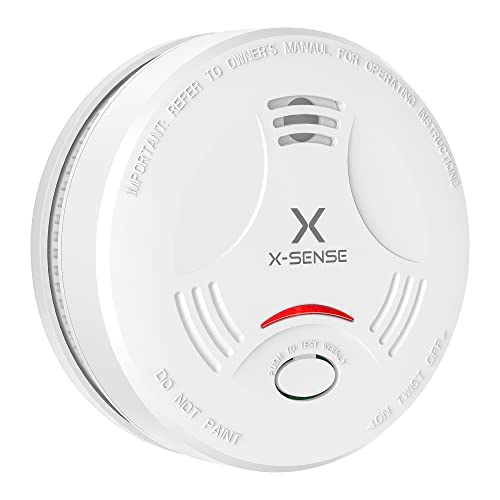The Benefits of Interconnected Smoke Detectors
Interconnected smoke detectors provide a crucial layer of safety by allowing multiple alarms to communicate with each other. When one smoke detector detects smoke, it sets off the alarms in all interconnected units, alerting the entire household or building to the potential danger. This innovative technology offers several notable benefits that enhance home and building safety.
Enhanced Early Warning
Interconnected smoke detectors provide enhanced early warning by promptly notifying occupants of a potential fire. With regular smoke detectors, a fire may go unnoticed if it starts in a remote area of the building or if the alarm is not loud enough to alert everyone. However, interconnected detectors ensure that a fire alarm is heard in every part of the home or building, increasing the chances of early detection and swift evacuation.
Not only do interconnected smoke detectors sound the alarm in all areas, but they also provide visual and auditory signals that indicate the location of the detected smoke. This feature helps occupants quickly identify the source of the fire and take appropriate action, such as escaping or attempting to extinguish the fire if safe to do so.
Mitigated Property Damage
Interconnected smoke detectors can help mitigate property damage by alerting occupants to a fire at its early stages. When a fire is detected early, people have more time to respond and address the situation before it escalates. This increased response time can lead to quicker fire extinguishment or alerting the fire department, minimizing the extent of damage to the property.
This is especially beneficial in commercial buildings or multi-family residences where fire damage can have a significant financial impact. By providing early warning and facilitating a faster response, interconnected smoke detectors can potentially save businesses and residents from substantial losses.
Safeguard Against Sleeping Occupants
One of the biggest advantages of interconnected smoke detectors is their ability to safeguard against sleeping occupants. In a typical scenario, if a fire breaks out while people are sleeping, they may not be immediately alerted by a distant smoke detector, putting their lives at risk.
However, with interconnected detectors, when one alarm is triggered, all the interconnected alarms go off simultaneously. This ensures that sleeping occupants are woken up promptly and can evacuate the premises as soon as possible. The interconnected system eliminates the reliance on a single alarm to wake everyone up in case of a fire, minimizing the chance of injury or loss of life.
Compliance with Building Codes
In many jurisdictions, building codes require interconnected smoke detectors in certain types of buildings, such as multi-story residences, commercial buildings, and hotels. These regulations are in place to prioritize safety and protect the lives of occupants.
Installing interconnected smoke detectors not only ensures compliance with building codes but also provides peace of mind for property owners and managers. They can be confident that their building is equipped with the necessary safety measures to minimize the risk of fire-related incidents and protect their occupants.
Integration with Smart Home Systems
Interconnected smoke detectors can often be integrated with smart home systems, adding an additional layer of convenience and functionality. These systems allow homeowners or building managers to receive real-time alerts on their smartphones or other devices when a smoke alarm is triggered.
In addition to receiving alerts, users can also remotely silence false alarms or check the status of their smoke detectors. This integration with smart home systems provides greater control and awareness, allowing users to quickly address potential fire hazards even when they are away from the building.
In conclusion, interconnected smoke detectors offer numerous benefits that significantly enhance safety and protection against fire incidents. They provide enhanced early warning, mitigate property damage, safeguard sleeping occupants, ensure compliance with building codes, and can be integrated with smart home systems, offering a comprehensive and effective fire safety solution.






